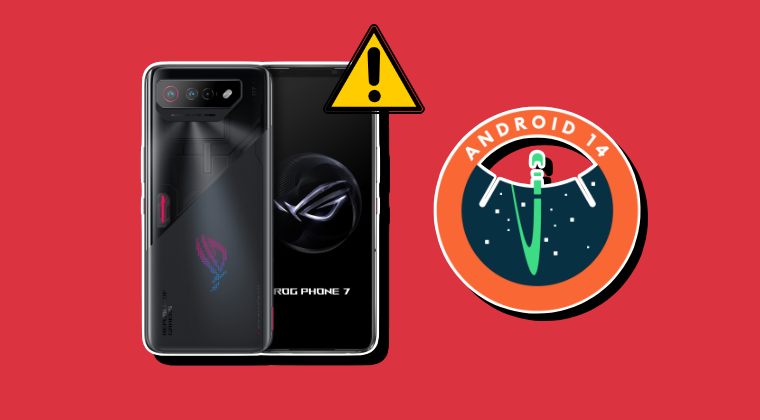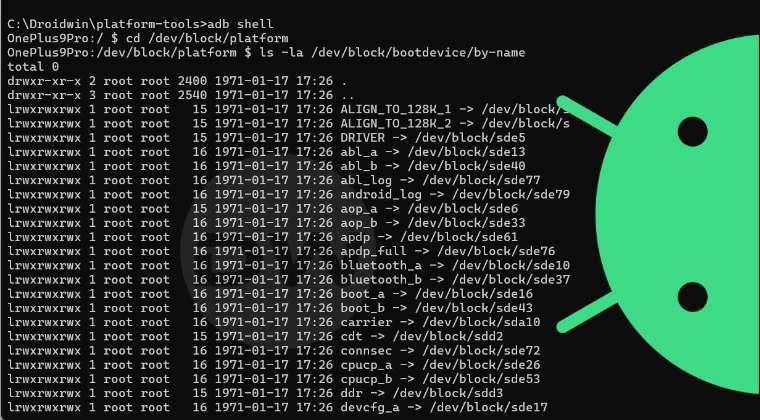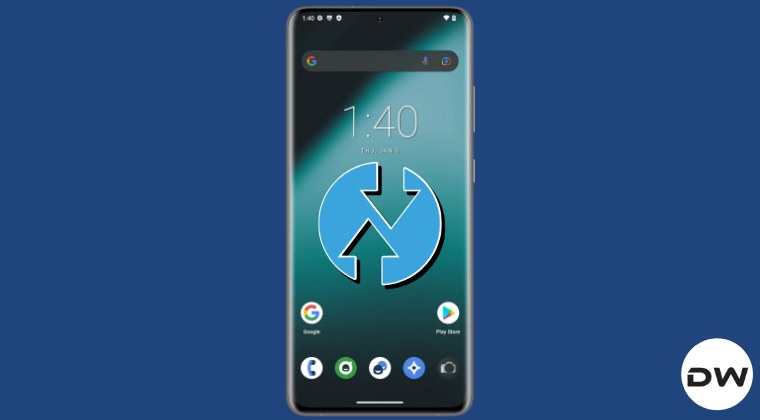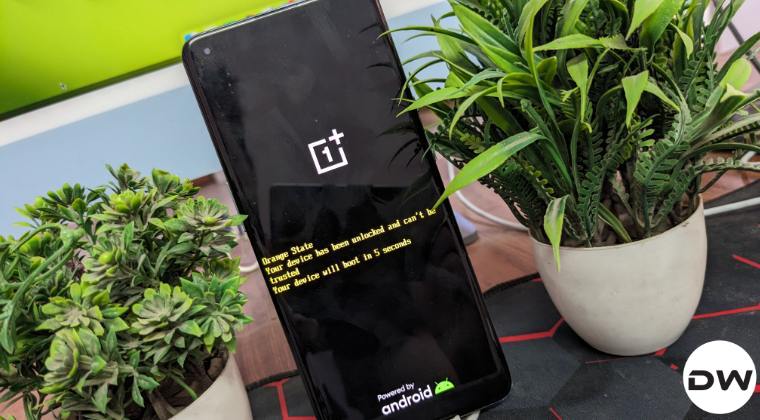In this guide, we will show you the steps to install the latest Pixel Experience ROM onto Xiaomi 13 Pro. The latest offering from the Chinese OEM manages to checkmark most of the prerequisites when it comes to features, specs sheet, and overall build quality. However, the same might not be said about its software as some users are of the opinion that the stock MIUI gives out a bloated UI experience.
Well, this is a drawback with every Xiaomi device, but most of those devices have the support for a plethora of custom ROMs based on AOSP with a clean stock UI. Unfortunately, that isn’t the case with the newest addition to the Xiaomi family. This is where the role of a Generic System Image comes into play. Since your device is Project Treble supported, you could easily install the Pixel Experience ROM onto Xiaomi 13 Pro. And in this guide, we will show you how to adjust that. Follow along.
How to Install Pixel Experience on Xiaomi 13 Pro
Before starting, please take a backup of all the data on your device. Droidwin and its members wouldn’t be held responsible in case of a thermonuclear war, your alarm doesn’t wake you up, or if anything happens to your device and data by performing the below steps.
- To begin with, unlock the bootloader on your Android device.
- Then install the Treble Check app and check out the results under the CPU Architecture section.

- Now download and install the Shizuku app from Play Store.
- Then launch it and tap on Pairing > Developer options.

- Now enable the toggle next to Wireless Debugging.
- Then checkmark Always allow on this network and hit Allow.

- Now go back to the app and tap on Pair device with pairing code.
- You will now get a six-digit code as well as a prompt from Shizuku to type in that code.

- So type in the code in that prompt and hit Enter. You should now get the Paring Successful message.
- Now go back to the app’s home screen and tap Start. It will now start the service and will notify you of the same.
- To verify, make sure you are getting the “Shizuka is running” message on its home page.

- Now download and install the DSU Loader App from GitHub.
- Then launch DSU Loader, you’ll get a Shizuku prompt, tap Allow.
- Now download the desired GSI for your device from here: Pixel Experience GSI
- Make sure to download the GSI that corresponds to your CPU Architecture [see STEP 2 above].
- Then create a new folder in the Internal Storage, name it GSI, and place the downloaded GSI ROM there.

- Now go back to the DSU Loader App. You’ll now get the Missing Permission prompt, tap Grant.

- Once done, tap on Select a file to be installed. Then navigate to the downloaded GSI ROM and select it.
- By default, the GSI ROM will be given a data partition of 2GB. If you want to expand it, then enable the toggle next to Userdata size and type in the desired value in gigabytes.

- While you could grant it as much storage as you want [the more the better], however, some Android device limits the storage to 40% of the total storage value.
- Once that is done [Image Size should be left untouched], hit Install > Proceed.

- You will now get a prompt, tap Allow one-time access and hit Try Again. The flashing will now start and it could take a few minutes.

- Once done, just restart your device. Your device will now reboot to the newly installed GSI. Set it up as per your convenience and install the apps of your choice.
- Once you are done using the GSI ROM, just do a restart and you will be back to the stock ROM. To go back to the GSI ROM once again, simply do another restart!

- All the files, apps, and data stored in the GSI data partition could only be accessed when you are booted to the GSI ROM. It could not be accessed from the stock ROM [and vice versa].
That’s it. These were the steps to install Pixel Experience on Xiaomi 13 Pro. If you have any queries concerning the aforementioned steps, do let us know in the comments. We will get back to you with a solution at the earliest.








Soso Ho
Does Pixel Experience GSI have bugs that affect daily use on Mi 13pro?